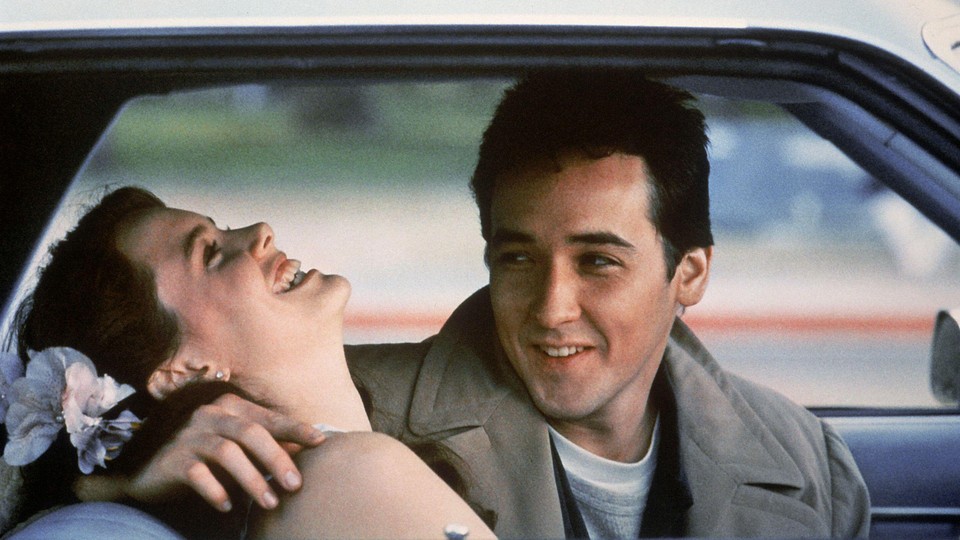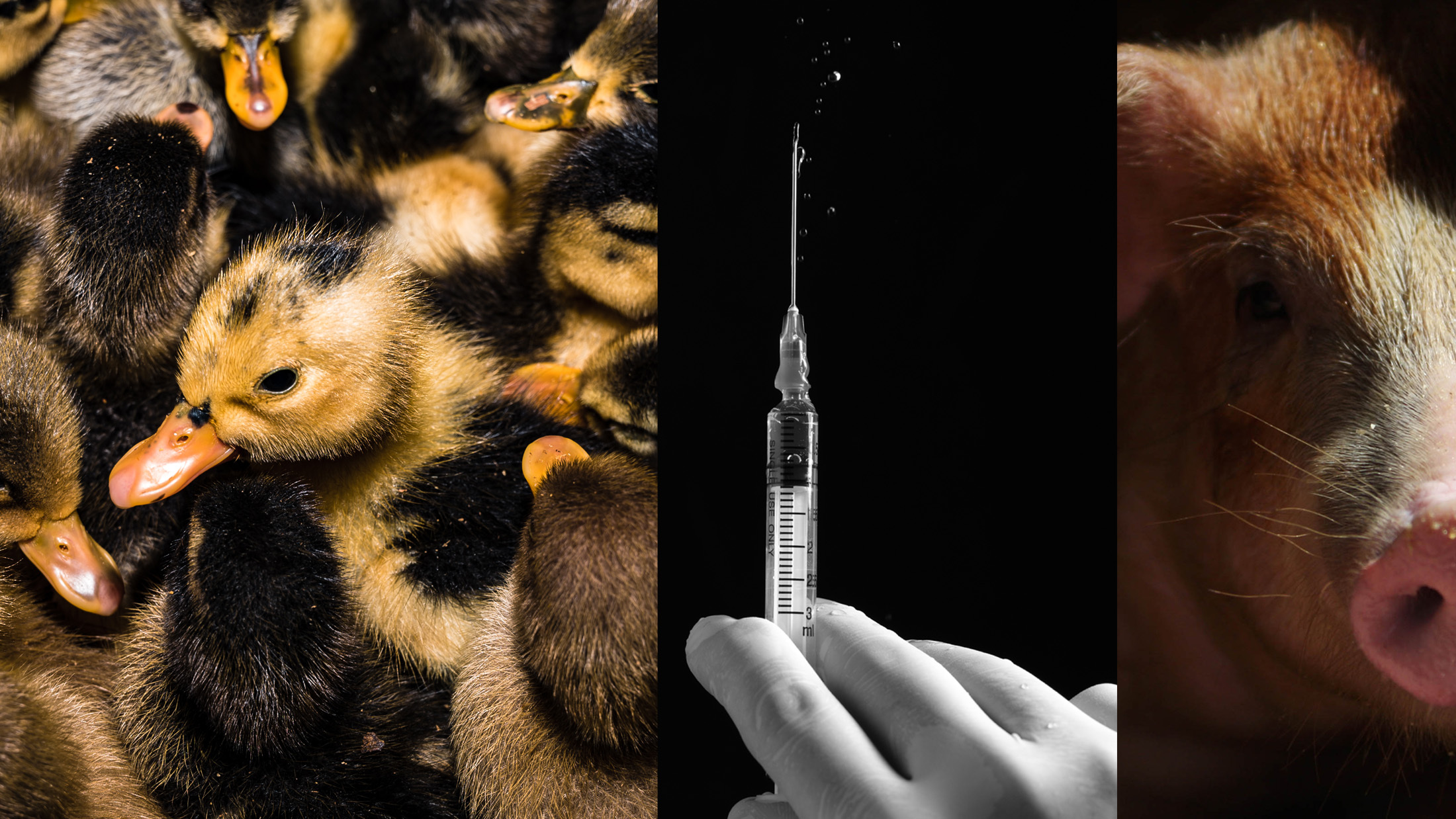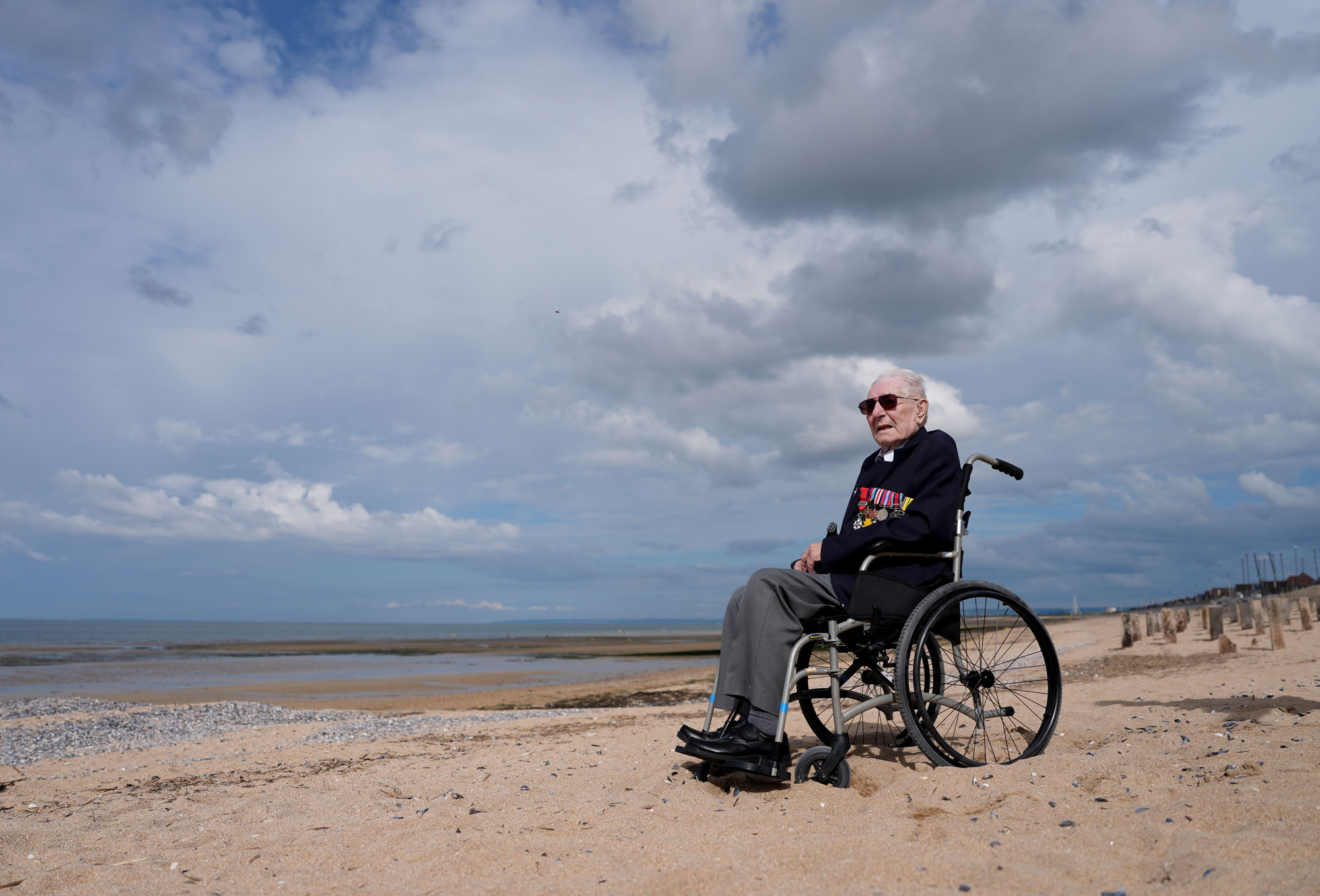A Rare Take on Young Love
6 min read
This is an edition of The Atlantic Daily, a newsletter that guides you through the biggest stories of the day, helps you discover new ideas, and recommends the best in culture. Sign up for it here.
Welcome back to The Daily’s Sunday culture edition, in which one Atlantic writer or editor reveals what’s keeping them entertained. Today’s special guest is Rina Li, a copy editor who works on this newsletter.
Rina has wide-ranging cultural tastes. She calls Laurie Colwin’s The Lone Pilgrim “a revelation”; Chris Whitley’s “Dust Radio” a “sweat-soaked, apocalyptic track”; and the television series Mr. & Mrs. Smith a “sharp and honest” meditation on marriage. Then there’s Steven Millhauser, a writer whom Rina recently came across: “My goodness. Why don’t people talk about him more?”
But first, here are three Sunday reads from The Atlantic:
- The most consequential TV show in history
- What Europe fears
- Does med school have a DEI problem?
The Culture Survey: Rina Li
A quiet song that I love, and a loud song that I love: I feel about Chris Whitley the way some people feel about Princess Diana. Taken by lung cancer at age 45, he left behind more than a dozen strange, beautiful albums, each with something fresh and vital to say about the blues. His 1991 debut, Living With the Law, hit me like a train the first time I encountered it, and it still does, 10 years and 1,000 listens later. It’s easy to get swept up by the sheer gorgeousness of “Big Sky Country,” but don’t sleep on “Dust Radio,” a sweat-soaked, apocalyptic track that starts off spare and opens up into something seismic.
Charles Mingus’s “Haitian Fight Song” is a battle cry—a triumphant, blood-hot love song to liberation movements and oppressed people everywhere. (Sidenote: It is also, inconceivably, the song that plays diegetically in Jerry Maguire as Tom Cruise’s and Renée Zellweger’s characters prepare to spend their first night together, and there’s an entire essay to be written on how this composition—about the most successful slave revolt in history—serves as the backdrop to two young white people falling in love. “What is this music?” he asks her in bed at one point. They crack up.)
Something I recently rewatched: A second Cameron Crowe film has hit this Daily! I rewatched Say Anything a few weeks ago and liked it even more than I did the first time around. It’s the rare depiction of young love as serious and courtly, with Lloyd Dobler (played by John Cusack) more Arthurian knight than ’80s-rom-com heartthrob. “One question,” he says to the aptly named Diane Court (Ione Skye) when she begs him to take her back. “Are you here ’cause you need someone or ’cause you need me?” A second later: “Forget it, I don’t care.”
An author I will read anything by: Laurie Colwin. People describe her as someone who writes about happy people, but that’s not quite right; she often writes about unhappiness, yet with a touch so light and witty that you don’t realize at first what a feat it is. Her short-story collection The Lone Pilgrim was a revelation to me in college: She was the one who showed me that art need not be punishing, that things such as cookery, domestic life, interesting gossip, dinner parties, babies, nice pieces of furniture—the things that make life lovely, in other words—can and should be written about with care. I go back again and again to “A Girl Skating,” a marvel of a story that reads like a breath held. [Related: Eight cookbooks worth reading cover to cover]
The television show I’m most enjoying right now: Prime Video’s Mr. & Mrs. Smith is as sharp and honest a meditation on marriage as anything I’ve watched recently. The argument between John (Donald Glover) and Jane (Maya Erskine) in the sixth episode—reminiscent of a certain scene in Anatomy of a Fall—is, note for vicious note, perfect. Those destabilizing fights with your partner where you say the ugliest, most poisonous thing you can think of, where you barrel head-on toward the point of no return—it put me right there. That hot, sick rush of pleasure and horror, like burning down a house you built. [Related: An unconventional spy show]
The best work of fiction I’ve recently read, and the best work of nonfiction: I recently read We Others, Steven Millhauser’s 2011 collection of new and selected stories, and my goodness. Why don’t people talk about him more? Surreal, uneasy tales of Borgesian fantasia and disturbed suburbia anchored by cool, clean prose, not one word out of place. He’s a true writer’s writer, and a reader’s writer too.
Reading nonfiction, for me, tends to feel like an act of virtue on par with choking down quinoa. That being said, I’m very glad to be making my way through Michael Parenti’s Blackshirts & Reds, a slim, eye-opening volume that lays bare the symbiotic relationship between capitalism and fascism.
A cultural product I loved as a teenager and still love, and something I loved but now dislike: I fell hard for Marilyn Hacker’s poem “Nearly a Valediction” when I was a teenager, but I hadn’t yet lived with someone “through the downpulled winter days’ routine / wakings and sleepings, half-and-half caffeine- / assisted mornings, laundry, stock-pots, dust- / balls in the hallway, lists instead of longing, trust / that what comes next comes after what came first.” I have now, and I also know, as I couldn’t have then, what it is to say: Goodbye. I remember you.
As for something I loved but now dislike: lip gloss.
A poem that I return to: “Alone,” by Jack Gilbert.
The Week Ahead
- Inside Out 2, an animated film about the new emotions that Riley, now a teenager, encounters (in theaters Friday)
- Presumed Innocent, a legal-thriller limited series starring Jake Gyllenhaal about the fallout after a member of the Chicago prosecuting attorney’s office is accused of murder (premieres Wednesday on Apple TV+)
- Any Person Is the Only Self, an essay collection by Elisa Gabbert on art, time, the act of journaling, and more (out Tuesday)
Essay

How Much Worse Would a Bird-Flu Pandemic Be?
By Katherine J. Wu
Our most recent flu pandemic—2009’s H1N1 “swine flu”—was, in absolute terms, a public-health crisis. By scientists’ best estimates, roughly 200,000 to 300,000 people around the world died; countless more fell sick. Kids, younger adults, and pregnant people were hit especially hard.
That said, it could have been far worse. Of the known flu pandemics, 2009’s took the fewest lives; during the H1N1 pandemic that preceded it, which began in 1918, a flu virus infected an estimated 500 million people worldwide, at least 50 million of whom died. Even some recent seasonal flus have killed more people than swine flu did. With swine flu, “we got lucky,” Seema Lakdawala, a virologist at Emory University, told me. H5N1 avian flu, which has been transmitting wildly among animals, has not yet spread in earnest among humans. Should that change, though, the world’s next flu pandemic might not afford us the same break.
Read the full article.
More in Culture
- Nine books about aging, growing, and changing
- What the Challenger disaster proved
- This show understands the absurdity of modern existence.
- When the culture wars came for the theater
- Stop trying to understand Kafka.
Catch Up on The Atlantic
- David Frum: The failing state next door
- What Trump’s total GOP control means next
- Lara Trump failed the Hogan test.
Photo Album

June 6 marked the 80th anniversary of D-Day, a costly invasion that turned the tide of World War II. These images show veterans, families, dignitaries, and visitors who gathered at former battlefields and cemeteries to commemorate the Allied landings on the beaches of Normandy.
Explore all of our newsletters.
When you buy a book using a link in this newsletter, we receive a commission. Thank you for supporting The Atlantic.



